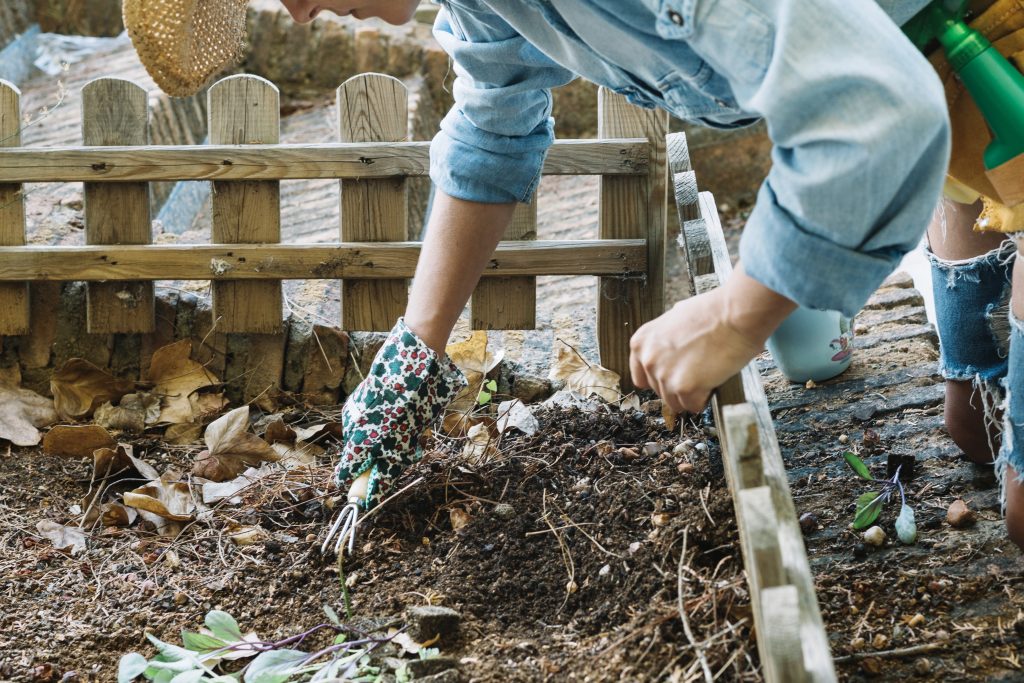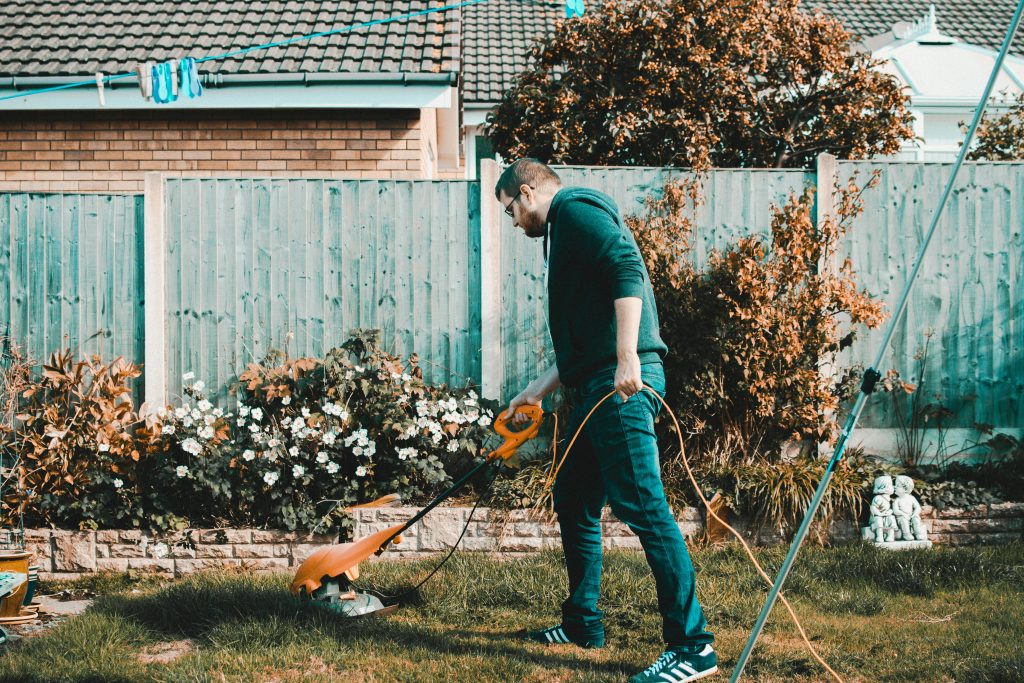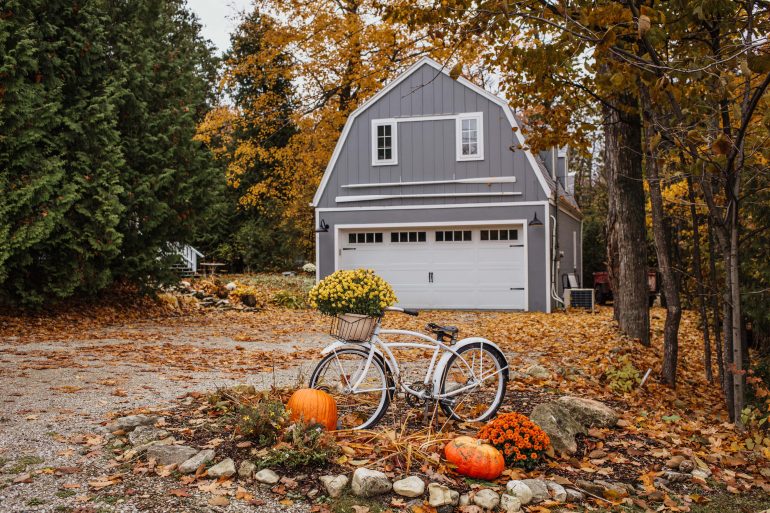Autumn leaves are beautiful. And messy. And slippery. Understandably, the urge to clean them up is strong. Landscape maintenance crews and their leaf blowers do a fine job of tidying up our driveways, porches and walkways, making them neat and safe to walk on. A new school of thought on “fall cleanup,” suggests not taking this too far, however. The esthetic benefits of removing every leaf — particularly from lawns and gardens — don’t nearly outweigh the environmental impact of this practice.
Who benefits from a leaf-free yard? It’s certainly not the critters that thrive under the blanket of leaves. And it’s definitely not our lawns, which would shout, “Drop that rake!” if they could. What lawn wouldn’t want to get tucked into a cozy bed of leaves for the winter?
Personally, I now realize that all this raking might have been for my neighbours’ benefit. I faced the same dilemma in the spring, pulling dandelions to avoid looking like a lazy gardener.
“A more eco-friendly fall cleanup involves working with the environment, not against it.”
DEREK LIPPERT,
FOUNDER OF QUIET NATURE NATURAL LANDSCAPES

“We’ve been conditioned to believe that a pristine yard, free of leaves and dandelions, is the goal,” says Derek Lippert, founder of Quiet Nature Natural Landscapes. “However, this neatness comes at a cost. Removing every leaf deprives nature of its free mulch and shelter for insects like butterflies and ladybugs, which play a vital role in the ecosystem.”
Lippert adds that it’s okay to want a tidy yard. Go ahead and rake or blow leaves off your driveway, porch and walkways but in the lawn or garden, “Instead of hauling away every last leaf, why not let nature lend a hand?” he says. “A more eco-friendly fall cleanup involves working with the environment, not against it.”
Five great uses for leaves

1. MOW OVER THEM
Instead of raking, mow over the leaves to chop them into smaller pieces. These shredded bits will break down, enriching the soil with organic matter. It’s like a free feast for your lawn! Plus, a lawn sprinkled with shredded leaves doesn’t look messy – it looks eco-friendly.
2. COMPOST THEM
Lippert suggests adding fallen leaves to your compost pile. “Rich in carbon, they balance nitrogen from kitchen scraps and grass clippings. Layer them together, and in a few months, you’ll have nutrient-rich compost ready for your garden.”
3. USE THEM AS GARDEN MULCH
Instead of buying mulch, shred your leaves and spread them over garden beds. They help retain moisture, regulate soil temperature, and suppress weeds. As the leaves break down, they’ll add nutrients to the soil. Your plants will thrive, and your wallet will thank you.

4. MAKE LEAF MOULD
If you’ve got space, make leaf mould by piling up leaves and letting them sit for about a year. As they decompose, they turn into a crumbly, rich substance that’s fantastic for your garden. Leaf mould helps with water retention, so your plants won’t dry out as quickly.
5. PROTECT PLANTS & INSECTS IN WINTER
“Sensitive plants can benefit from a blanket of leaves in the winter,” says Darla from The Garden Girls. “Pile them around the base of perennials, shrubs, and trees to insulate their roots from freezing. Then when spring arrives, either leave the mulch in place or compost it. Not only will your plants benefit, but butterflies, pollinators and other beneficial insects that overwinter in the dead leaves will thank you as well.”
This fall, don’t look at those fallen leaves as a chore. Think of them as Mother Nature’s gift to your garden. Embracing sustainable cleanup practices is an easy, eco-friendly way to keep your yard thriving for seasons to come. And no, you’re not a lazy gardener —you’re a clever, eco-friendly one. I think I’ll make a sign for my yard that says, “Beleaf me, these leaves are helping my garden.”
LOCAL LINKS
The Garden Girls
thegardengirls.ca
The Gardener Landscaping
thegardenerlandscaping.ca
Quiet Nature
quietnature.ca






